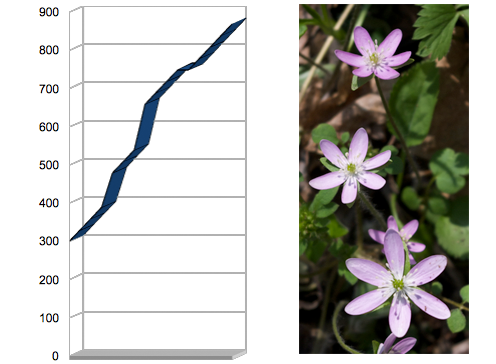
In the Finder, open the Applications folder, and then drag the Dashboard app to the Dock. Chances are there’s no Dashboard icon in your Dock under Mojave, but it’s easy to put it back. Click or tap the Dashboard icon in the Dock to go directly to the Dashboard. You can also use the Dock to work with Dashboard. In the sheet that drops down, select the dropdown menu that corresponds to the display corner you wish to use, and then select Dashboard from the dropdown menu’s list of options. To set up Hot Corners, click the Hot Corners button in the Mission Control preference pane. With this method, simply moving the cursor to one of the corners of your display can cause the Dashboard to appear. Hot Corners are another way to access the Dashboard. (Hot Corners allows you to access the Dashboard by moving the cursor into the designated corner.) If you would prefer to use your mouse, the second dropdown menu to the right allows you to select from up to seven different mouse buttons to use to access the Dashboard environment. You can also use the Shift, Control, or Command keys in combination with the function keys to create up to 57 possible key combinations to access the Dashboard. Next to the text are two dropdown menus the first can be used to assign any of the function keys, F1 through F19 (your keyboard may not have all 19 function keys).

In the Keyboard and Mouse Shortcuts section, you can assign keystrokes or mouse buttons to perform specific tasks. Launch the Mission Control preference pane, as you did earlier. There are additional ways to access the Dashboard once you have turned the feature on: Pressing the F12 key will either display the Dashboard as a space that slides into place, replacing the current desktop or other active space, or as an overlay on top of the current desktop. There are a number of ways to access the Dashboard, though the most common is to use the F12 or the Fn + F12 keys (depending on the keyboard type you’re using).

But that doesn’t mean you can’t still enjoy it for now. In that case, the Dashboard environment may just not make a lot of sense anymore. And if rumors are to be believed, some iOS apps, beyond those included with Mojave, may in the future make the jump to macOS.
Mac page with weather calculator for mac#
Dashboard widgets, those mini-applications, haven’t seen a lot of activity from developers in quite a while, and most of the widgets for Mac can be replaced with apps from the Mac App Store. Now, having Dashboard disabled by default may be an indication of what is in store for Dashboard down the road.
Mac page with weather calculator movie#
If you’re a fan of Dashboard and all of its funky Mac widgets, such as weather, an assortment of clocks, a calendar, local movie listings, stocks, and whatever else you may have loaded into the Dashboard environment, the good news is that the Dashboard isn’t really gone, Mojave just turned it off by default. With the advent of macOS Mojave, the Dashboard and all of those productive widgets for Mac are gone. Dashboard, the secondary desktop introduced with OS X Tiger, is gone, vamoosed, kaput it’s an ex-desktop.


 0 kommentar(er)
0 kommentar(er)
